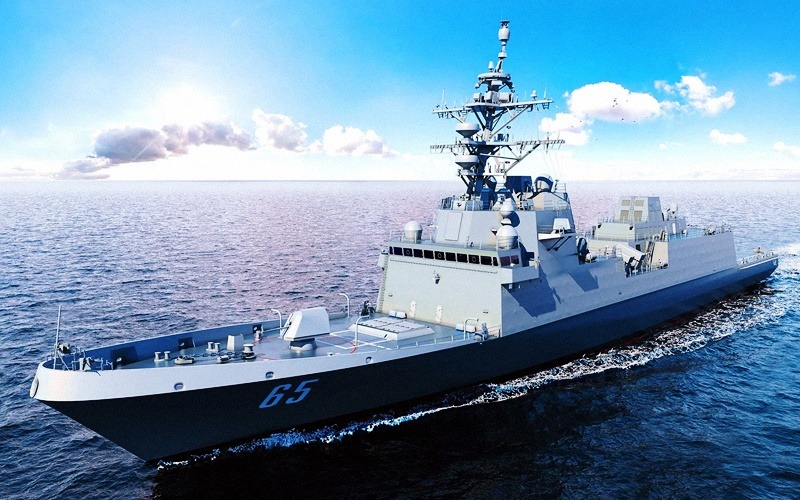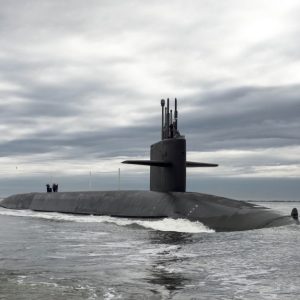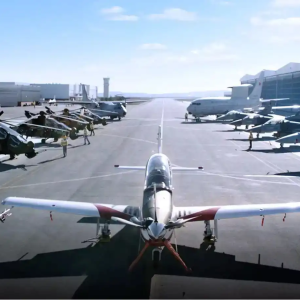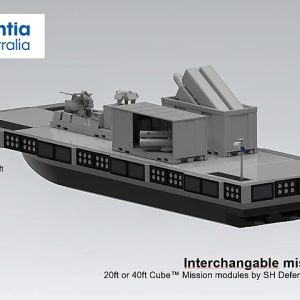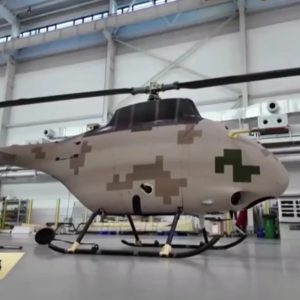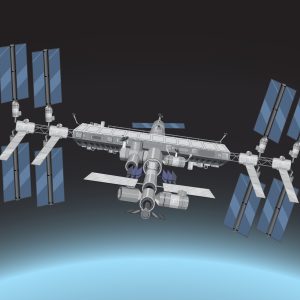The global defense landscape is evolving at an unprecedented pace. As nations adapt to new geopolitical challenges and technological advancements, classical multi-purpose surface combatants’ role is scrutinized. These once-dominant vessels, designed for versatility in various maritime operations, are increasingly overshadowed by specialized platforms and unmanned systems. This article delves into the factors driving the extinction of classical multi-purpose surface combatants and explores the future of naval warfare.
The Historical Dominance of Multi-Purpose Surface Combatants
Multi-purpose surface combatants have historically been the backbone of naval fleets worldwide. Designed to perform diverse roles such as anti-submarine warfare (ASW), anti-surface warfare (ASuW), and air defense, these vessels offered unmatched flexibility. The guided-missile frigates of the Cold War era, such as the Oliver Hazard Perry-class, exemplified this multi-role capability. Nations invested heavily in these platforms, recognizing their ability to adapt to evolving mission profiles without significant modifications.
However, the versatility that made these vessels invaluable has become a double-edged sword. In an era where precision and specialization are paramount, the “jack-of-all-trades” approach no longer aligns with modern naval warfare’s strategic and operational demands.
Technological Advancements Redefining Naval Priorities
Rise of Unmanned Systems and Autonomous Platforms
The proliferation of unmanned surface vehicles (USVs), unmanned underwater vehicles (UUVs), and unmanned aerial vehicles (UAVs) has fundamentally altered naval operations. These systems offer unparalleled capabilities in surveillance, reconnaissance, and even offensive operations, all while minimizing risks to personnel. Unlike traditional multi-purpose combatants, unmanned platforms can be tailored to specific missions, enhancing efficiency and effectiveness.
For instance, the U.S. Navy’s Sea Hunter, an autonomous surface vessel, demonstrates how unmanned platforms can revolutionize anti-submarine warfare. Equipped with advanced sonar systems and artificial intelligence, the Sea Hunter can operate independently for extended periods, outperforming traditional frigates in ASW missions.
Emergence of Hypersonic Weapons
Hypersonic missiles, capable of traveling at speeds exceeding Mach 5, have rendered many classical surface combatants vulnerable. These weapons can bypass traditional defensive systems, leaving multi-purpose vessels with insufficient means to protect themselves. To counter such threats, modern navies are prioritizing platforms equipped with cutting-edge missile defense systems and reduced radar cross-sections, often at the expense of multi-role functionality.
Advances in Cyber Warfare and Electronic Countermeasures
The digitization of warfare has introduced new vulnerabilities for traditional combatants. Multi-purpose vessels, with their diverse systems and networks, are particularly susceptible to cyberattacks and electronic jamming. Modern naval strategies emphasize cyber-resilient platforms that can operate in contested electromagnetic environments, further diminishing the appeal of classical multi-purpose designs.
Shifting Geopolitical and Strategic Considerations
Focus on Littoral Operations
The rise of asymmetric threats and regional conflicts has shifted naval priorities toward littoral (near-shore) operations. Classical multi-purpose combatants, designed primarily for blue-water engagements, are ill-suited for these environments. Instead, navies are investing in smaller, agile vessels such as littoral combat ships (LCS) and corvettes, which excel in shallow waters and can support a range of missions, from mine countermeasures to special operations.
Regional Power Projections and A2/AD Strategies
Anti-access/area denial (A2/AD) strategies, employed by nations like China and Russia, have further challenged the utility of traditional surface combatants. These strategies rely on layered defenses, including long-range missiles, submarines, and advanced radar systems, to deny adversaries access to critical maritime zones. In response, modern navies are prioritizing stealthy, survivable platforms and distributed lethality over large, multi-role vessels.
Budgetary Constraints and Cost-Efficiency
The high acquisition and maintenance costs of classical multi-purpose combatants have become increasingly difficult to justify in an era of constrained defense budgets. Specialized platforms and unmanned systems offer more cost-effective solutions, enabling navies to achieve their operational objectives without the financial burden associated with traditional combatants.
The Rise of Specialized and Modular Platforms
Modular Ship Designs
Modular ship designs, such as those employed in the Danish Absalon-class support ships, represent a significant departure from traditional naval architecture. These vessels feature interchangeable mission modules, allowing them to transition between roles such as mine countermeasures, humanitarian assistance, and command-and-control operations. This adaptability provides the operational flexibility of multi-purpose combatants while addressing the need for cost-efficiency and specialization.
Dedicated Platforms for Enhanced Performance
Specialized platforms, such as the U.S. Navy’s Zumwalt-class destroyers, exemplify the shift toward purpose-built vessels. These destroyers are designed specifically for land-attack and littoral operations, featuring advanced stealth technology and a reduced radar signature. By focusing on specific mission sets, these platforms achieve superior performance compared to their multi-role predecessors.
Unmanned and AI-Driven Naval Solutions
Autonomous Swarming Technologies
The concept of autonomous swarming involves deploying large numbers of unmanned systems that operate collaboratively to achieve mission objectives. These swarms can overwhelm enemy defenses, conduct reconnaissance, or engage in electronic warfare. The development of swarming technologies underscores the declining relevance of traditional surface combatants, which lack the agility and adaptability to counter such tactics.
AI-Enhanced Decision-Making
Artificial intelligence is transforming naval command and control systems, enabling real-time data analysis and predictive decision-making. AI-driven systems can optimize fleet operations, identify emerging threats, and recommend tactical responses with unparalleled speed and accuracy. As navies integrate AI into their operations, the reliance on versatile but less specialized platforms diminishes further.
Challenges and Limitations of the Transition
Integration and Interoperability
While specialized and unmanned platforms offer significant advantages, their integration into existing fleets presents challenges. Ensuring interoperability among diverse systems and platforms requires substantial investment in infrastructure, training, and logistical support. This transitional phase may temporarily sustain the relevance of multi-purpose combatants as navies adapt to new technologies.
Evolving Threat Landscapes
The unpredictable nature of future conflicts necessitates a degree of versatility that specialized platforms may struggle to provide. Multi-purpose combatants, despite their limitations, offer a hedge against unforeseen threats, particularly in scenarios requiring rapid reconfiguration and deployment.
Conclusion: The Future of Naval Power Projection
The decline of classical multi-purpose surface combatants marks a paradigm shift in naval warfare. Technological advancements, shifting strategic priorities, and budgetary constraints are driving the transition toward specialized, modular, and unmanned platforms. While the extinction of these versatile vessels may seem inevitable, their historical contributions and residual utility in transitional periods cannot be overlooked.
As navies worldwide embrace the future of maritime operations, the emphasis will increasingly be on platforms that combine specialization, adaptability, and technological innovation. The extinction of the classical multi-purpose surface combatant is not merely a reflection of obsolescence but a testament to the dynamic and ever-evolving nature of naval warfare.

